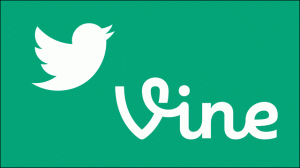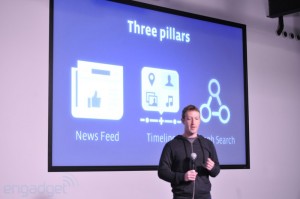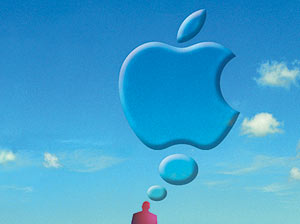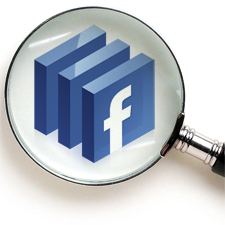More Facebook Users on Cell Phones than Computers
In Industry News, Social Bookmarking, Social Media, Social Media News Brief, Social Networking, Web 2.0 | No commentIt doesn’t seem like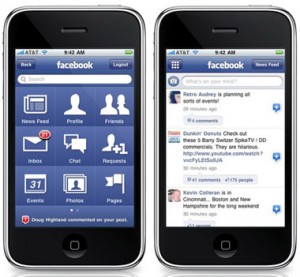
As I mentioned in a previous post, one of the downfalls of MySpace’s relaunching as ‘Myspace’ was that there was no working mobile app released alongside it. Neglecting the many, many people who primarily use their cell phones to access their favorite social networking websites was a fatal mistake that will likely prevent Myspace from reaching the large audience that it’s hoping for. To prove this point further, one must simply look at Facebook trends regarding mobile users.
Currently, the Facebook mobile application is the most-used mobile app in the world, beating out other widespread mobile apps such as Google Maps, YouTube, and Gmail. It’s also the mobile app that people use for the longest; according to recent information, 23% of the time people spend using mobile apps is used with Facebook. Comparatively, second place – Instagram – only uses 3% of that time. Needless to say, mobile apps are very important when it comes to social networking.
In fact, for the first time since the company’s launch, the number of active daily visitors that check Facebook using a mobile app on their cell phones (or tablets or other mobile devices) is higher than the number of people that check their Facebook accounts using a computer connected to the Internet. This is relevant for more reasons other than being displayed as an example of how cell phones and other mobile devices are changing the way we look at the Internet and the world. To Facebook (and presumably other social networks), this is especially relevant because of the potential revenue there is to be made.
Initially, in the months after Facebook’s stock went public in May 2012, the company had claimed that it wasn’t making ‘any meaningful revenue’ from its mobile apps. However, in August, Facebook updated its mobile apps to show ads to mobile users, as well as employing other advertisement methods to encourage users to ‘like’ certain pages for companies on Facebook. Since this change, mobile ad sales have accounted for 23% of Facebook’s advertising revenue, which equals about $306 million. With mobile revenue suddenly becoming very relevant, it should be interesting to see how Facebook and other social networks continue to capitalize on mobile apps in the future.



